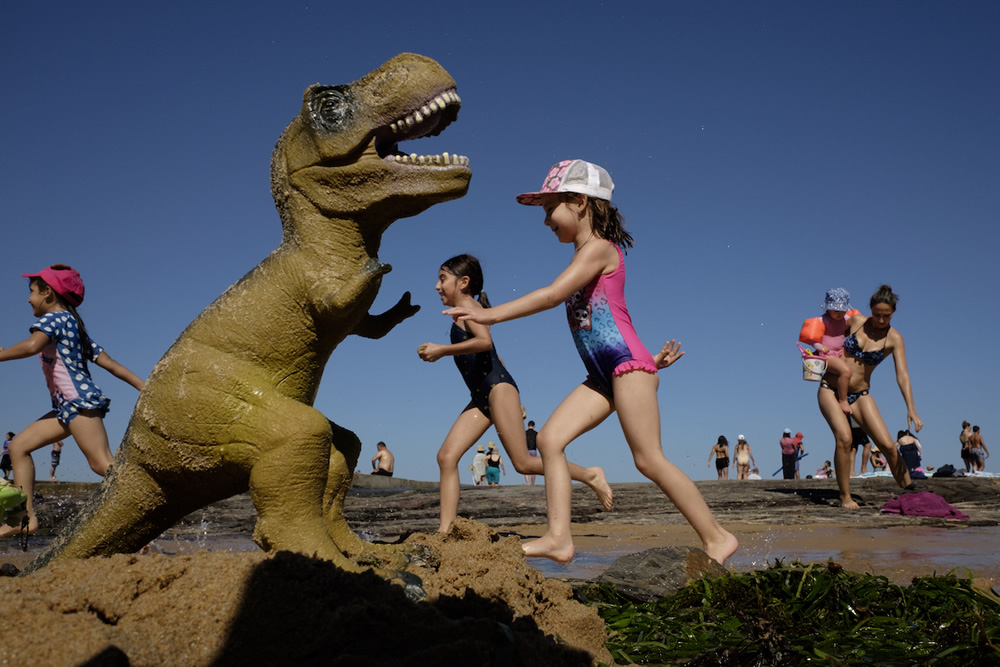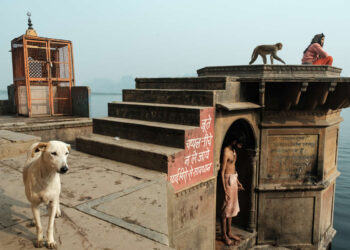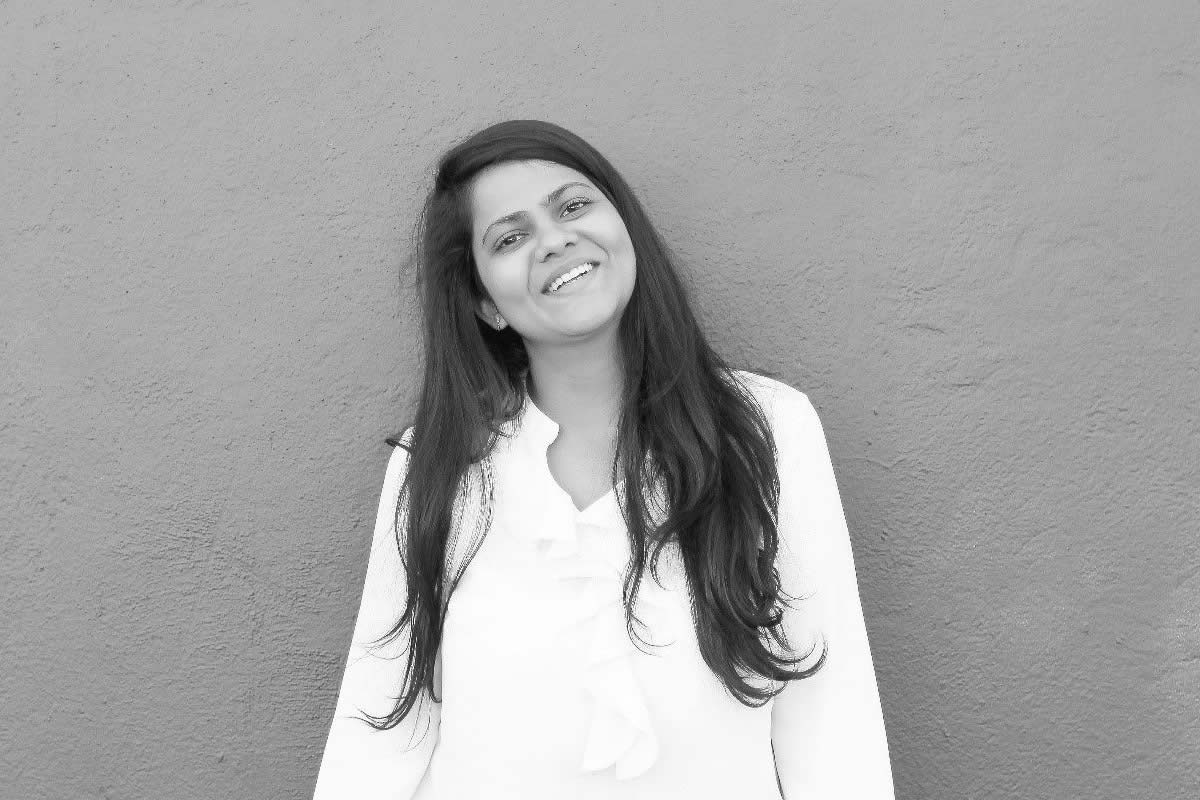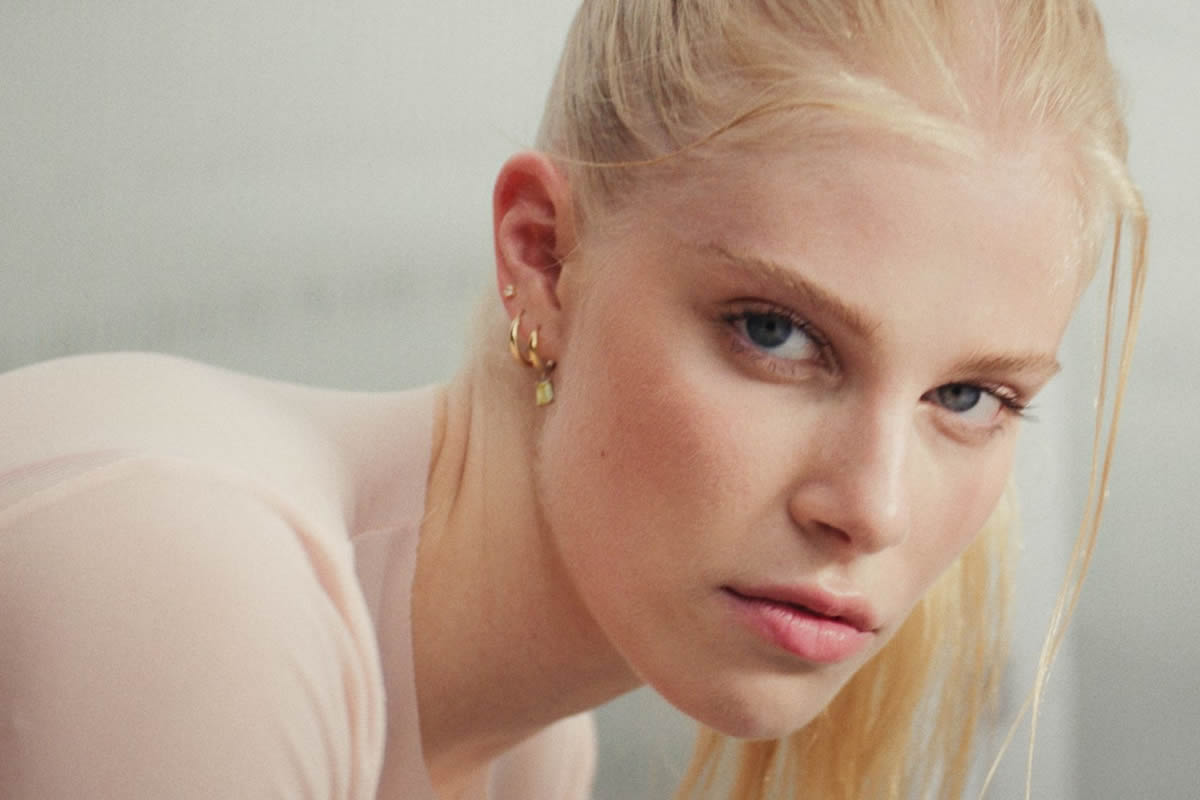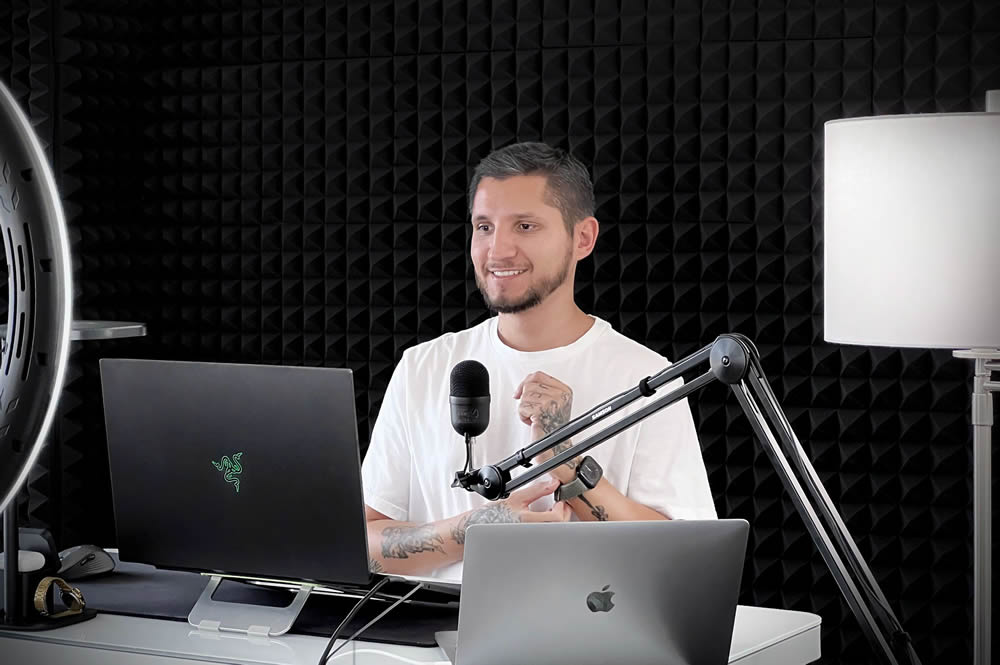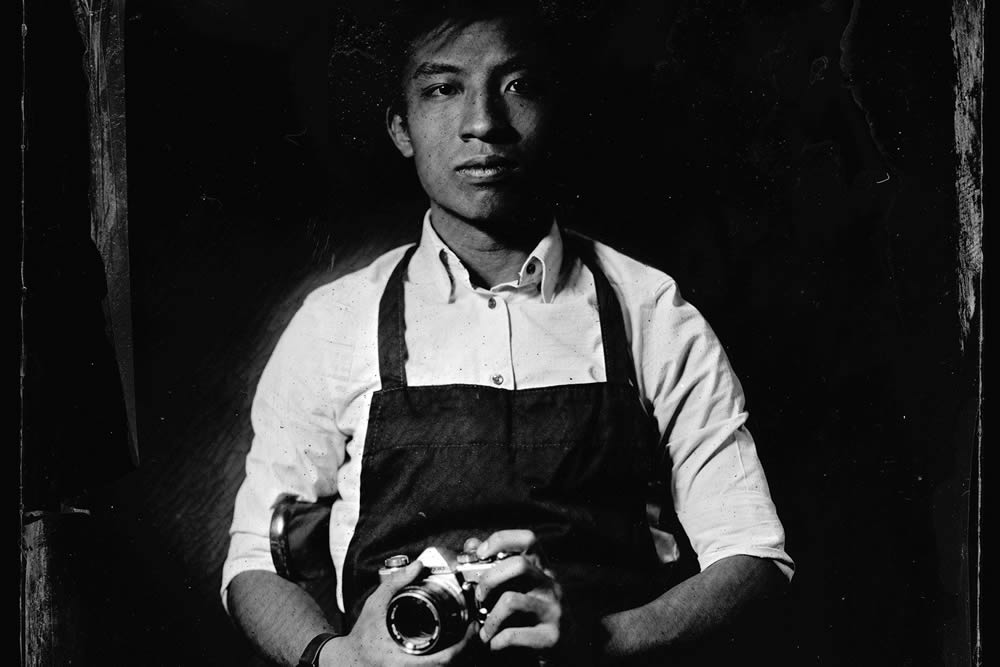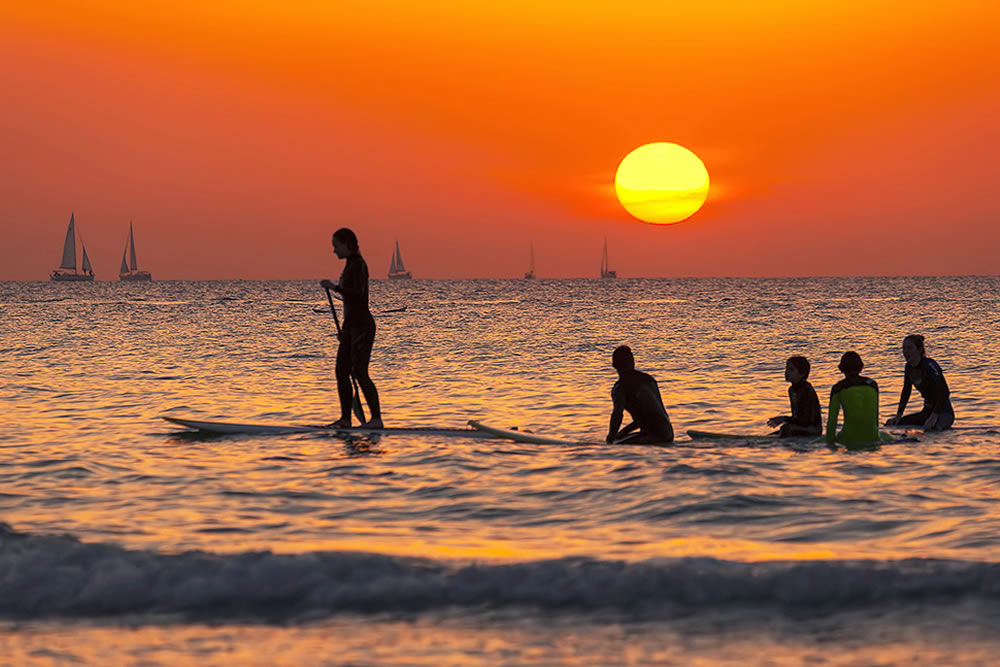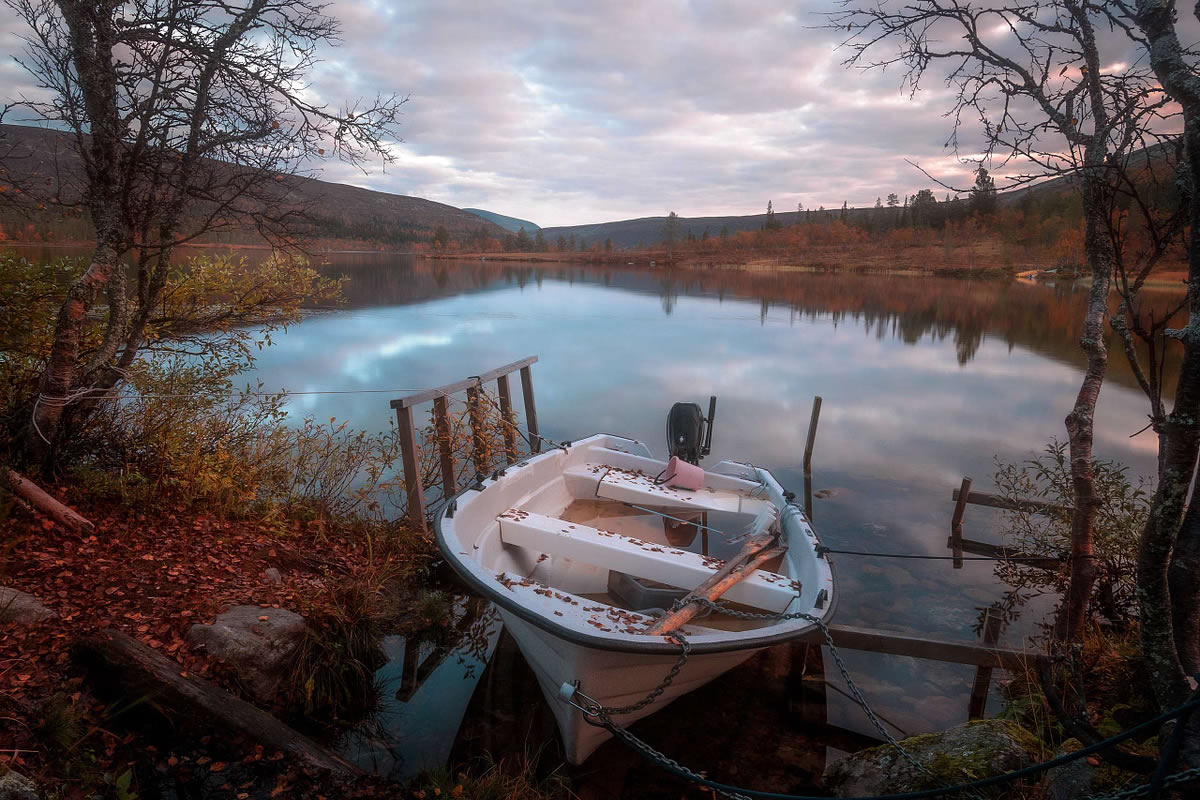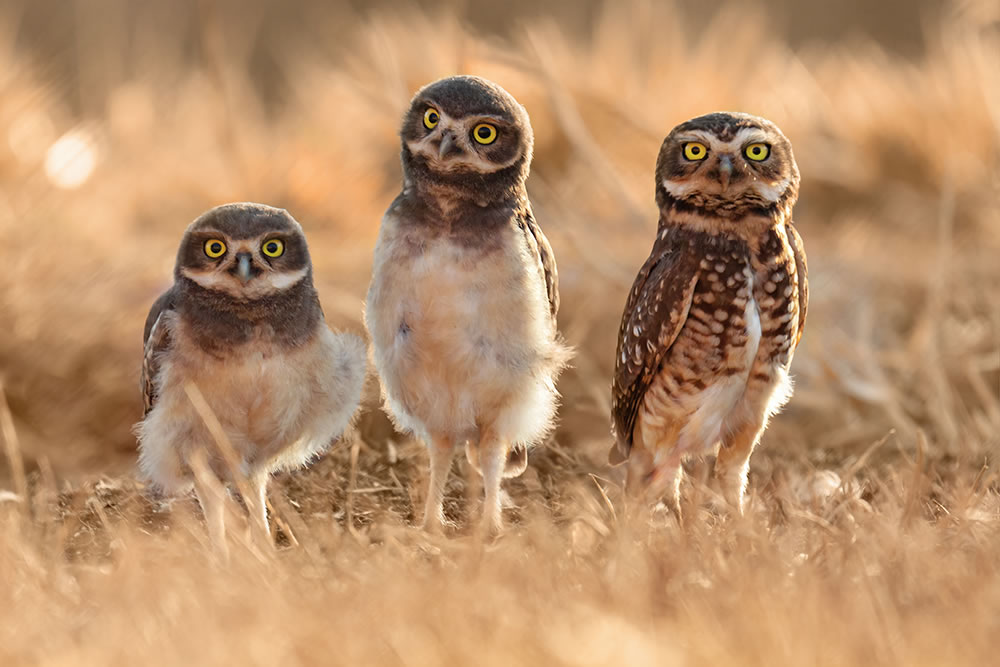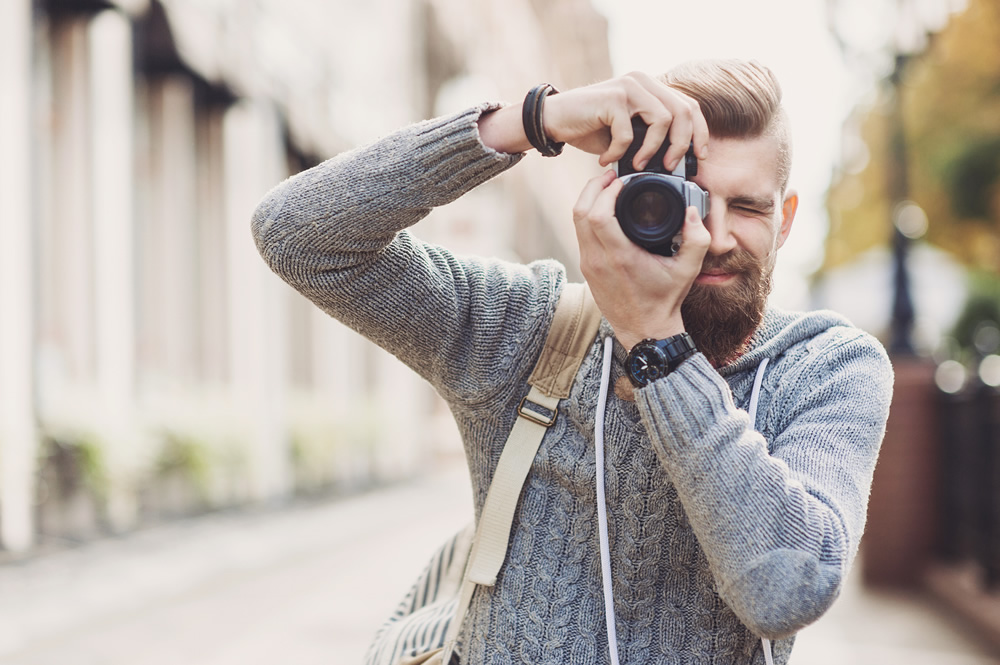Julia Coddington is known for her strong compositions and ability to work with color, movement, and light. She is a fearless street photographer, able to work close to her subjects without alerting them to her presence. She is the co-founder of the Unexposed Collective, a platform for Australian women and non-binary street photographers and an administrator of the international @womeninstreet community.
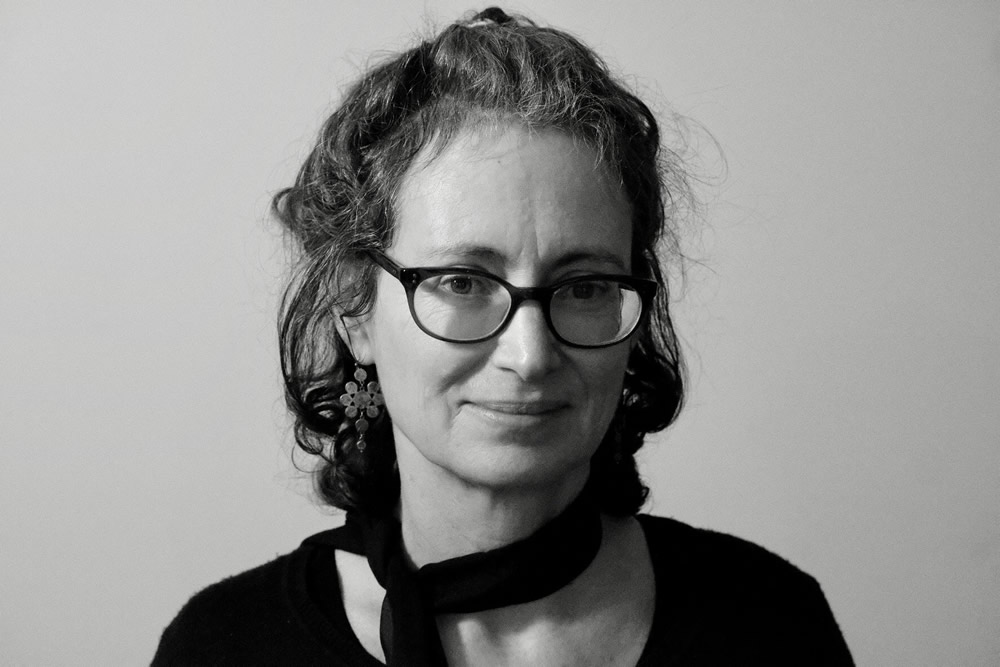
Tell me something about you which nobody knows?
About 10 years ago I project-managed the construction of the largest skate park in the southern hemisphere.
Please share your childhood dreams, and funny incidents if you have any?
I grew up on a large farm and spent a lot of time on my own, riding my horse for hours, and dreaming about what I wanted to be when I grew up. Most little girls back then dreamt of getting married and having lots of kids. However, I was a tomboy who wanted to join the boy scouts and go on father and son camping trips, so I was a little different. My dreams were filled more with adventures and travels. Thanks to the foresight and insistence of my mother, I left the small country town I grew up in and went to university, and along the way, I have managed to fulfill some of those dreams.
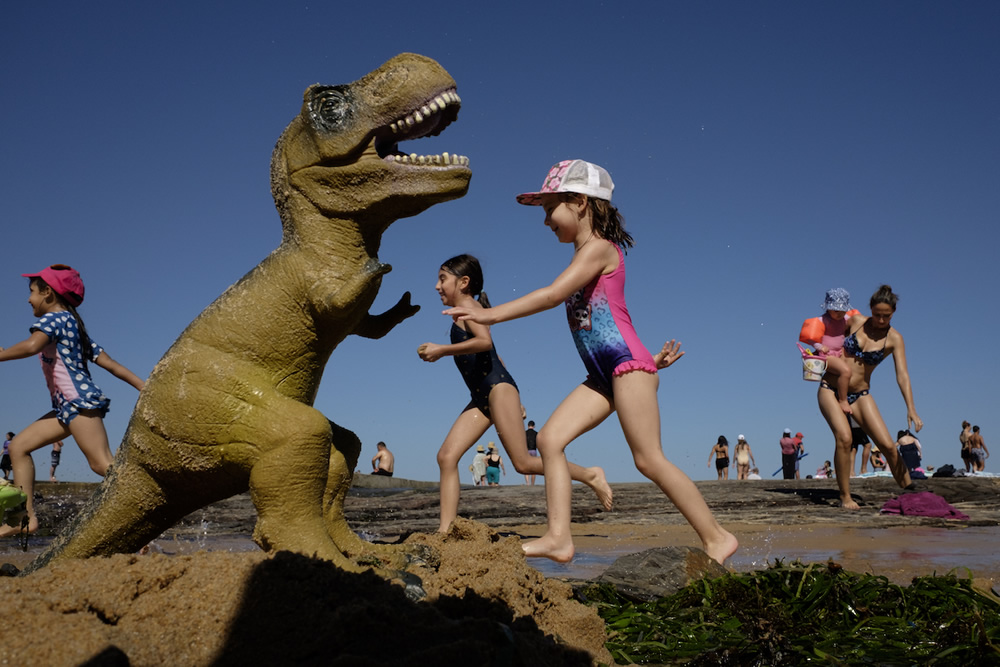
What is your opinion about photography?
Almost since it’s an invention, photography has been an essential, but contested art form. It helps us to record history, but it also allows us to create and is just as important to society as art and music.
In the age of social media, we are saturated with photographs, and photography has reached a point where it now has to push beyond the boundaries to be ‘seen’. In street photography, we are seeing a move away from the traditional approach, and we are seeing less conservative and more experimental, edgy work.
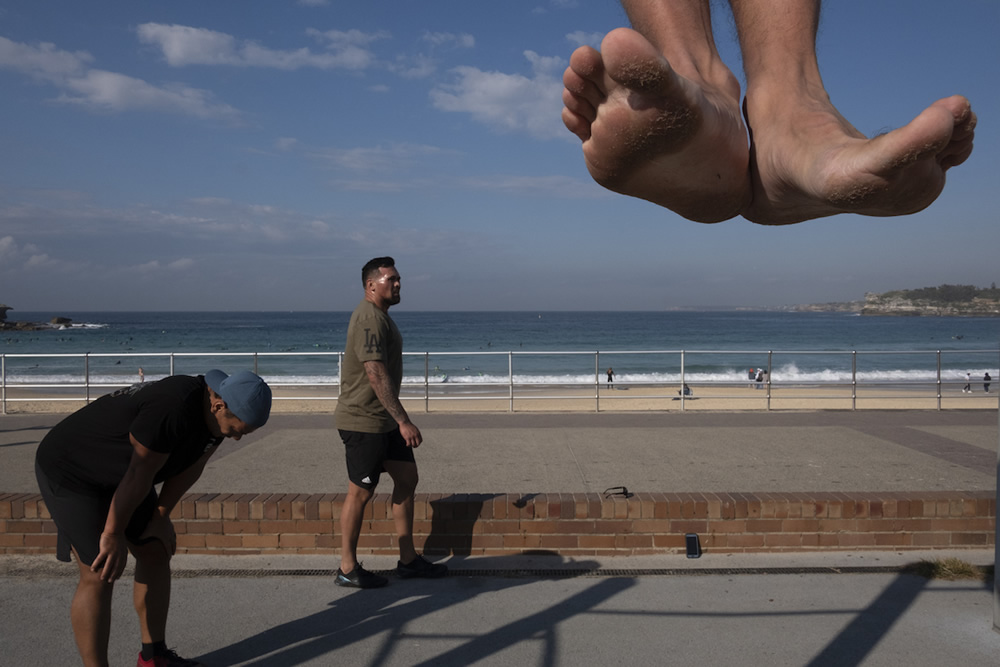
Which genre of photography do you like/practice and why?
My genre is street photography but I like experimenting with documentary, reportage, and portraiture. I like street photography because it doesn’t require sophisticated and heavy equipment and you can do it anywhere. Also, as a woman, I can often be invisible which I use to my advantage, enabling me to get close and work without being noticed. It also allows me to become ‘one’ with a scene – moving around and within it.
Street photography also has advantages in terms of mental and physical health. It requires a lot of walking and moving and street photographers talk about getting into the ‘zone’ which, once reached, has a meditative effect. I’ve spoken to many people over the years who have found street photography to help address anxiety and depression.
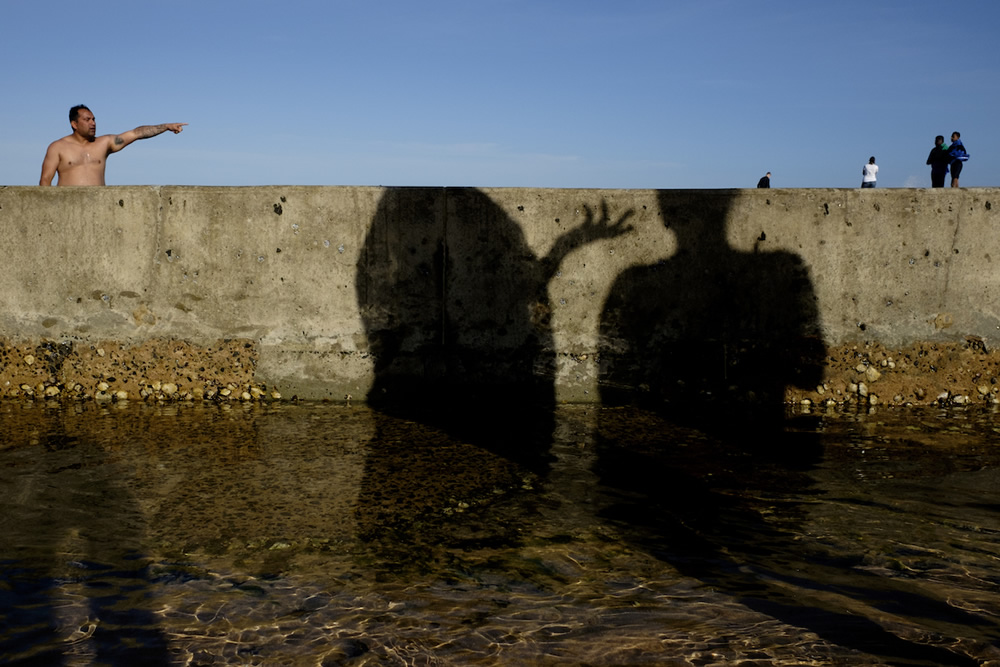
Almost 90% of photographers find it hard to earn money out of photography. Do you have any tips that might help photographers earn money?
I’ve never really considered photography to be a means of earning a living for myself, and so I have no wisdom to offer!
Does a good camera play a major role in photography?
Everyone has a view of what a good camera is, depending on their needs and preferences. Whatever works for you is a good camera. They are so technically sophisticated and capable now and they are usually way better than we need them to be!
Share three names of the photographers who have inspired you.
Among many, Ernesto Bazan, Jason Eskanazi and Alex Webb.
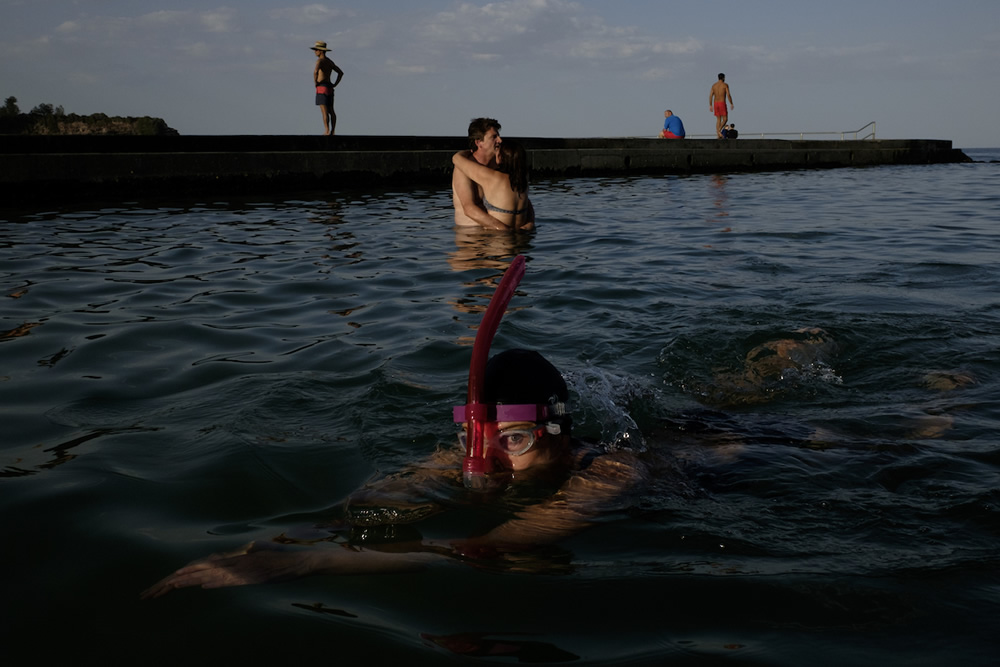
Does social media like Facebook, Instagram, Google and sites like 500px, Natgeoyourshot help to get the attention of viewers?
I use Facebook, Instagram, and Flickr for promoting my work. Flickr is the best interface for viewing images but it is less user-friendly in other respects, and less popular than other platforms. Facebook is good for creating or growing a more interactive audience and community, and Instagram demands a lot of your time, so I don’t waste a lot of energy there – but it seems to be essential for growing an audience, especially for street photography.
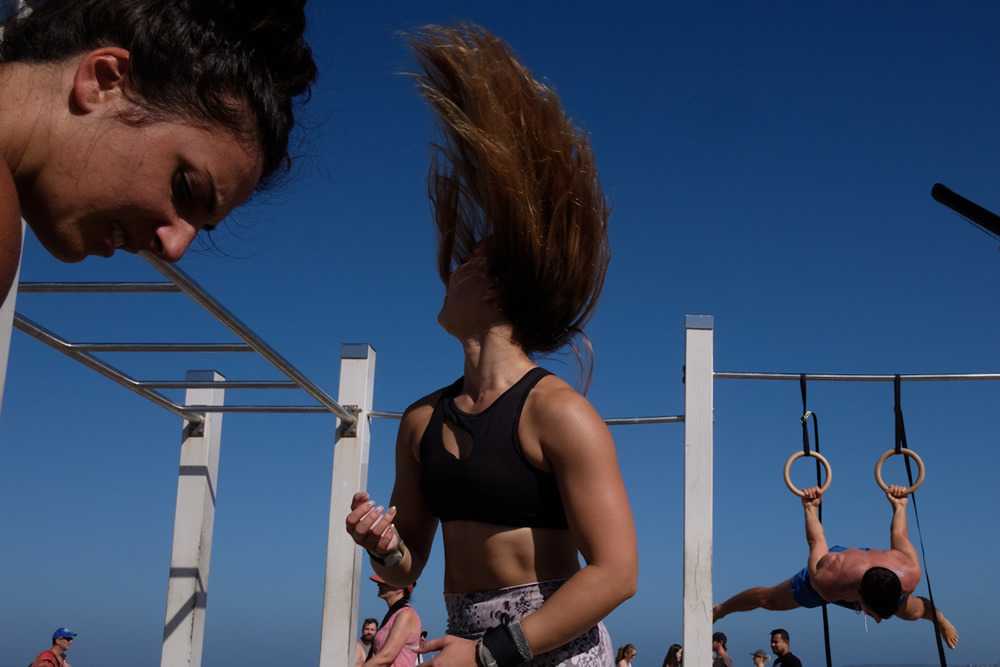
Do you think that a quality workshop can change the mindset or point of view of any photographer and why? Is it helpful to attend workshops often?
I have taken workshops with photographers I admire and it has helped my development as a street photographer.
When you are starting, workshops can help jump start your journey. Even when you have developed more as a photographer, it is still important to learn from and interact with others, and get exposure to different ways of thinking and working, so you don’t become stagnant and repetitive.
Doing a workshop can help you take the next step, particularly if it pushes you outside your comfort zone or out of a period of stagnation and uncertainty, but you have to be prepared to go beyond what you are already comfortable with, otherwise, it can be a waste of time and money.
All that said, workshops can be expensive and not everyone can afford them. An alternative is to learn from your peers, and do lots of reading and looking at how others work. Peers that you admire and trust can help with constructive feedback. You can experiment together with different styles and travel together to places where you might not have the confidence to go alone.
If you can afford a workshop it can help you progress faster as well as to help you understand and question what and why you photograph.
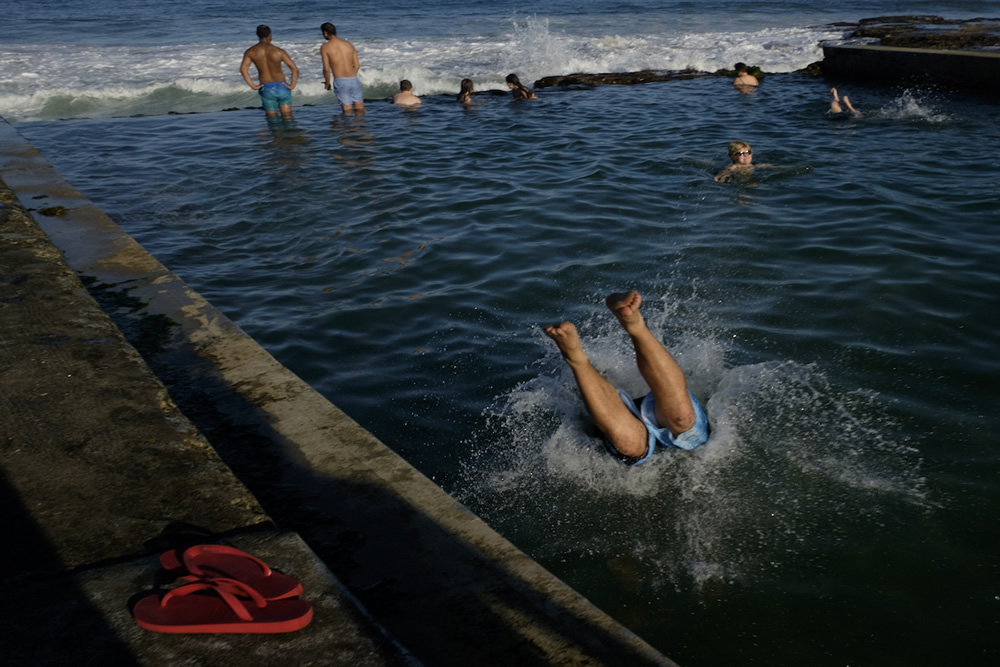
What is the difference between a good photographer and a bad photographer?
A good photographer is disciplined, consistent, open to growth and prepared to push beyond their limits, shows only their best work, is open to learning and stay informed about developments in their preferred genres, is generous and shares knowledge and information, is non-competitive, encourages others, and is humble but quietly proud of their achievements.
What is the difference between a good photograph and a bad photograph?
It is so subjective. When I teach I show examples of what is considered (within the broad and popular conventions of street photography) to be ‘bad’ and ‘good’ photographs. My opinion is also based on what I have learned myself in workshops, from reading, looking at millions of photographs, and my personal aesthetic preferences.
It comes down to what works in terms of composition, light, and content (or subject matter), and a photograph’s ability to communicate something – to tell a story or to convey meaning.
Bad photographs are those that don’t hold a viewer’s attention or don’t convey any particular meaning.
A photo may not be a good photo on its own, as a single image, but in a series or a sequence of images, it may work well and have more meaning as part of a narrative.
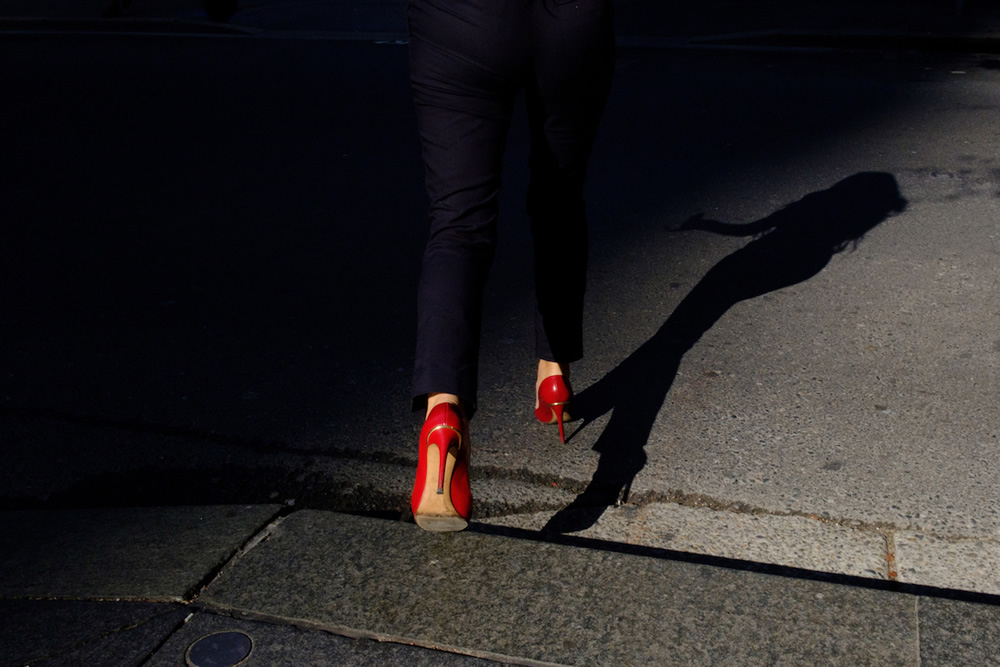
What should our motto towards photography be – self-satisfaction or the viewers’ attention/satisfaction?
It’s about satisfying myself and being true to myself. I post photographs on social media for feedback and it is interesting to see how people react to each image. While it’s useful for that, I have taken a break and reduced my activity on social media this year as I was finding it a little too all-consuming at times.
What is meant by comfort zone in photography? Can it ruin your career?
My comfort zone is the familiar, the certain, the safe place. In photography, as in life more generally, if you don’t step outside your comfort zone you will settle for the easy route and just amble along.
The times I have dared to do something different are the times I have grown as a person. They have not necessarily always been good experiences but I’m glad they happened because I learned from them.
The same is true for photography. You often have to force yourself to step out of your comfort zone. This means daring yourself to do something different and in the process, learning from your mistakes or achievements and becoming a better photographer.
What is your opinion about documentary photography? Do you like it? If yes, why?
There are crossovers between documentary and street photography. My pool project is an example – the images are shot using a street photography perspective and aesthetic, but collectively they also document a place, a time and a particular social setting. However, I don’t engage with the subjects.
I hope to do more documentary work as I find the form more rewarding and challenging. It requires the photographer to develop relationships, to do more planning and to think deeply about ways to construct and present a story.
Light, decisive moment, content, ambiance, good gear according to you which is the most essential element in photography?
The photographer and their vision is the most essential element! For me, light is probably next, followed closely by content, the decisive moment (which is an aspect of ‘content’) and then ambiance. Good gear would have to be at the bottom of my list. You can be creative with the most basic of photographic tools.
If you were not a photographer then what it would be?
I would be doing something creative, as I have always done.
The concept and definition of photography is changing every day. What is your opinion about the future of photography?
More people than ever before have access to photographic tools and can produce technically competent photos. We are bombarded with countless millions of images on social media, a trend that is still increasing.
Most of those images are being made by people without any knowledge of the history and practice of photography. In spite of that, it’s a good thing that more people have access to the tools and can enjoy making photographs.
But away from the mainstream, perhaps there is a backlash. Some people are moving back to film. They find that by slowing down and limiting themselves to a roll of film, they become more thoughtful about the process, and have a more pleasant and calming experience.
Perhaps the future of meaningful photography is in its past?
Which food do you like the most? Does it help you to explore more?
Apples and almonds. I always carry them in my bag so if I’m hungry whilst out shooting it will help me stay out longer.
Do you have a message for young photographers?
Shoot as much as you can. Don’t try and keep up with the trends. Do what you like and try to find your own voice. Copy others if you want to, knowing that it is part of the process of finding your own voice, which will come in time. Be kind to others because you never know when you will encounter them again in life. Get more batteries, and back up your photos regularly.
Are you engaged to any project-based work? Please share (only if you feel free to share).
I have lots of little projects and one main project that I’m working on at the moment.
What is your big achievement in photography?
It’s yet to come!
According to you what is the best photography magazine?
I enjoy Eyeshot Magazine which focuses on street photography and features contemporary work. The editors make a concerted effort to reach out to new and emerging photographers and often feature women.

According to you name the two best Facebook photography groups?
As I’m an administrator of two Facebook groups – Women in Street and the Unexposed Collective, I would have to say they are the best two! There are so many Facebook groups and I only post to a few these days.
Kindly share top five Instagram accounts everybody should follow.
I am a curator on the following accounts (so I have to give them a plug):
- @womeninstreet
- @unexp_collective
- @lyrical_sp
I can recommend the following (street photography) accounts:
- @streetrepeat
- @streetizm
- @hardcore_street_photography
- @human_in_geometry
- @eyeshot_magazine
Individuals accounts:
- @elisa_tomiselli
- @vineet_vohra
- @chibsterr
- @luppolofrancesco
- @francesco.sembolini
- @aniaklosek
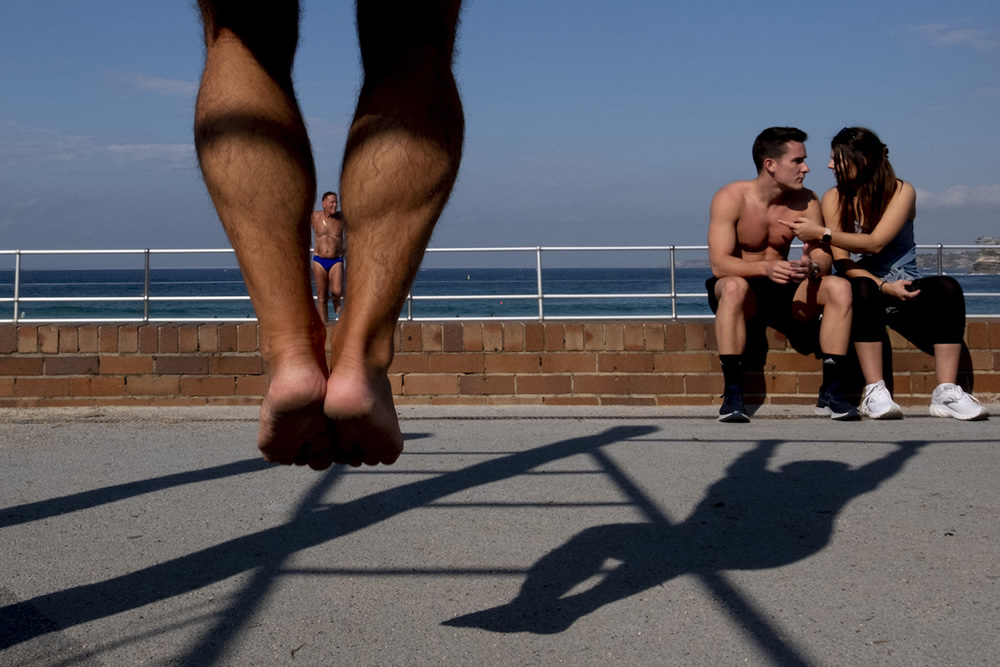
Share your goal in photography?
At the moment I’m at a crossroad. Although I identify as a street photographer I want to go beyond the street. My ultimate goal is to focus more on projects and storytelling – to stretch myself beyond the single image and to incorporate more depth and soul in my work. I truly admire street photographers who can do this. But I need time, patience and the confidence to immerse myself in a project, in a story. That cannot come soon enough.
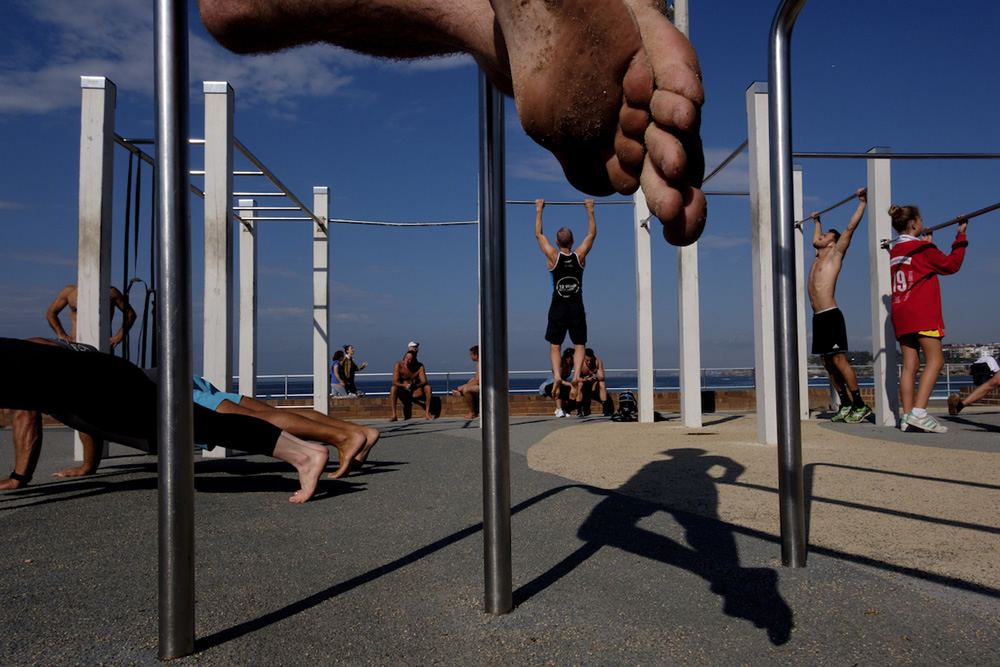
You can find Julia Coddington the Web:
About Raj Sarkar
Raj Sarkar is a Street Photographer and Educator. He holds MBA Degree in Finance and Post Graduate Diploma in Computer Application. He is the founder of World Photographic Forum, and Curator of APF magazine Street Photography. He loves exploring possibilities on street. His main object is to Freeze the emotions and actions of people.
He delivers the lecture on photography in various Colleges and institutions like IIM (Indian Institution of Management), Union Chappell school etc. He also conducts countless workshops on street photography. He also curates’ various exhibition and he has also been appointed as a judge in the various competition.
Raj is a recipient of various awards, recently he has won the International Puskar Mela Contest, Winner Wiplay Photo contest “India in Color”.Finalist of Garuda World Photo contest and HIPA and his work has been exhibited worldwide. He reviews various gadgets and camera including Fuji x camera for Fujifilm. His article has been published in all renowned magazine and websites in the world like Fujilove, Street Photography Magazine, USA, Viewfind, APF Magazine, Smart Photography, Better Photography, Asian Photography, Chiiz magazine, Saveus,121 clicks, National Geographic and more. Recently his photographs have been showcased in London Street Photography Festival and Indian Photo Festival.
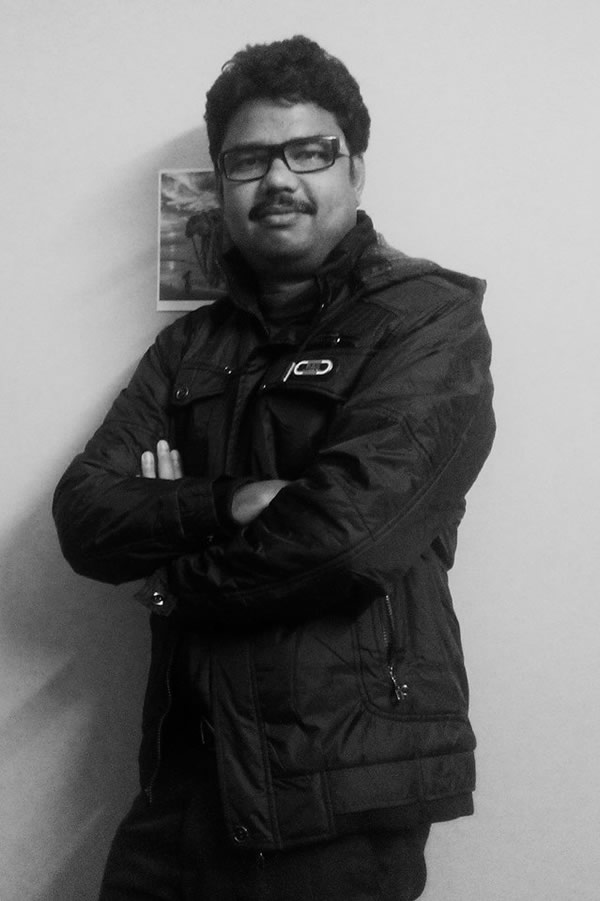
You can find Raj Sarkar on the Web:
Copyrights:
All the pictures in this post are copyrighted Julia Coddington. Their reproduction, even in part, is forbidden without the explicit approval of the rightful owners.

